Scientists created the first filter able to trap viruses
On Jul. 8, 1933, Christopher Andrewes, Laidlaw and W Smith from the Medical Research Council (MRC) reported that…
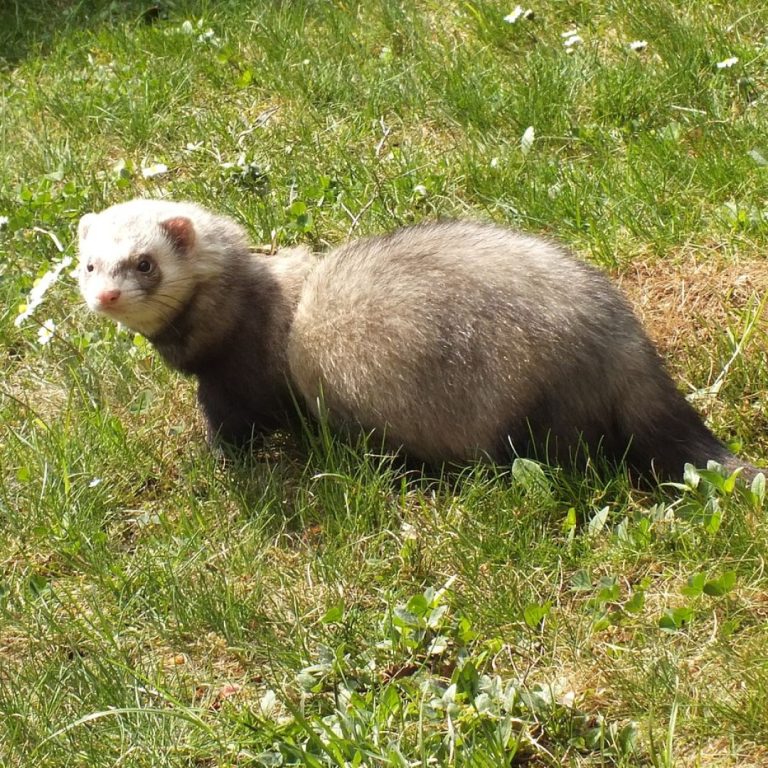
On Jul. 8, 1933, Christopher Andrewes, Laidlaw and W Smith from the Medical Research Council (MRC) reported that…
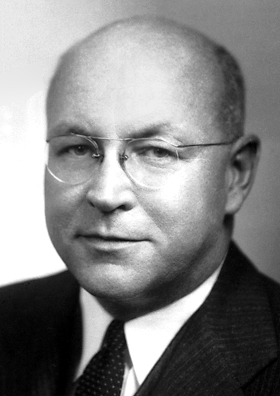
In 1933, Wendell Stanley purified a sample of tobacco mosaic virus (TMV) and finds crystals. This suggested, contrary…
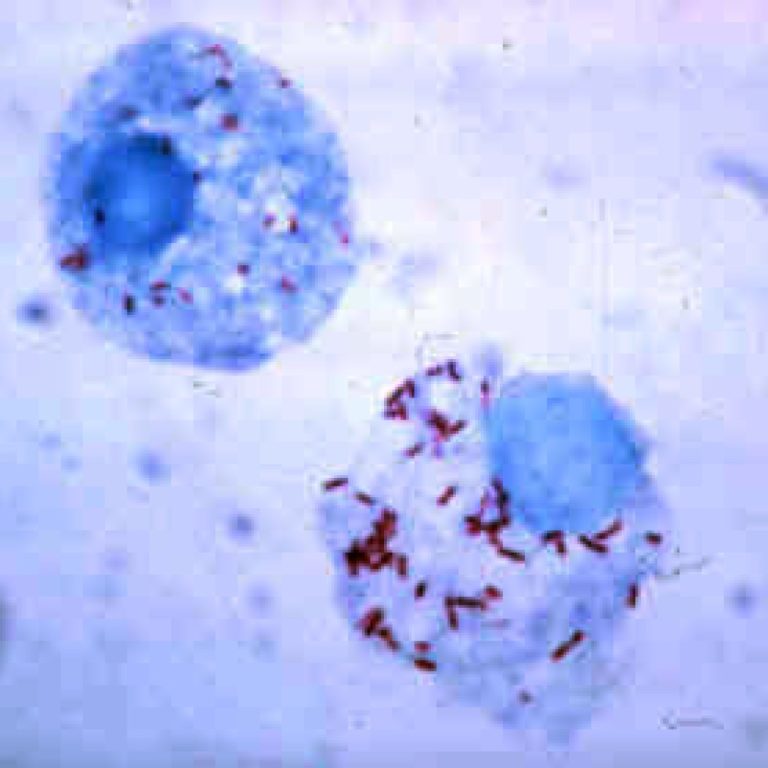
In 1930, Ralph Lillie demonstrated that the cause of psittacosis was a rickettsia-like organism (later placed in the…
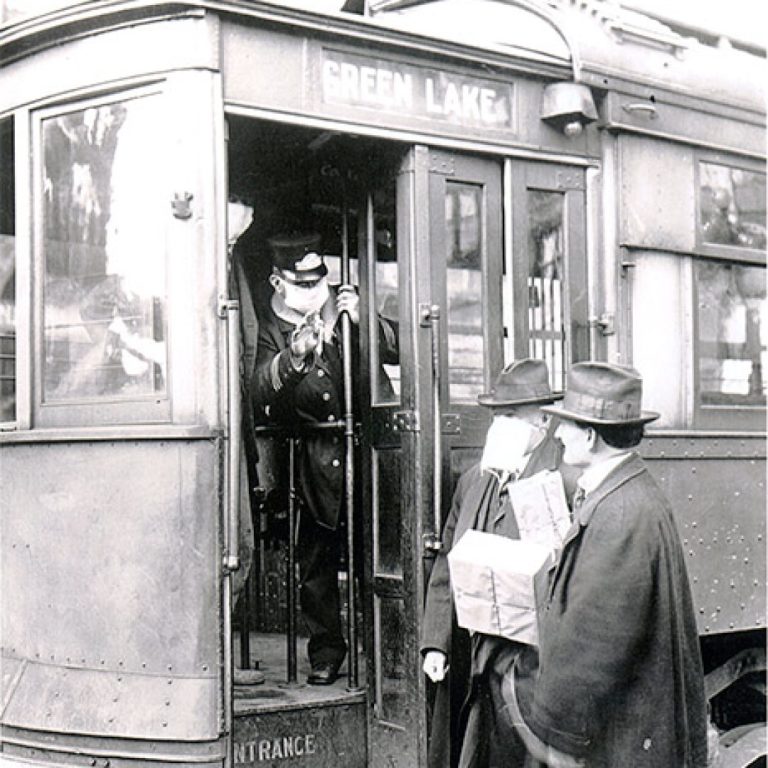
On Oct. 3, 1918, the Spanish Flu reached the state of Washington when Seattle newspapers reported that one…

In 1916, French-Canadian bacteriologist Felix-Hubert D’Herelle discovered viruses that prey on bacteria and named them bacteriophages or bacteria…
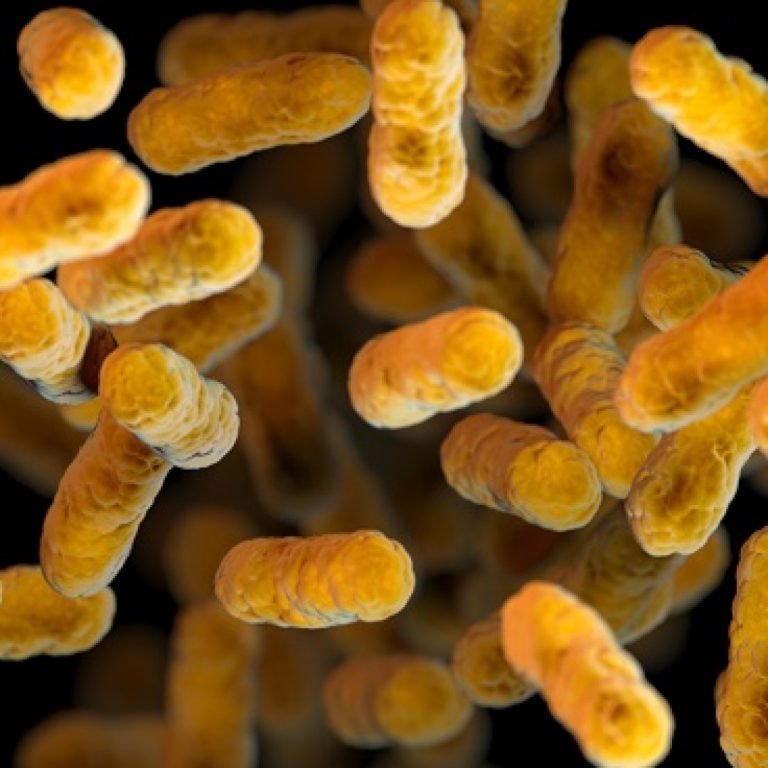
In 1915, Pertussis vaccine, a suspension of inactivated Bordetella pertussis cells, was licensed. Inactivated vaccines were prepared with…
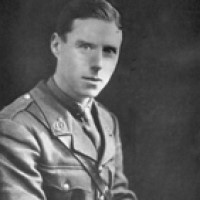
In 1914, Phages, or bacterial viruses, were discovered by Frederick Twort. He researched Johne’s disease, a chronic intestinal…
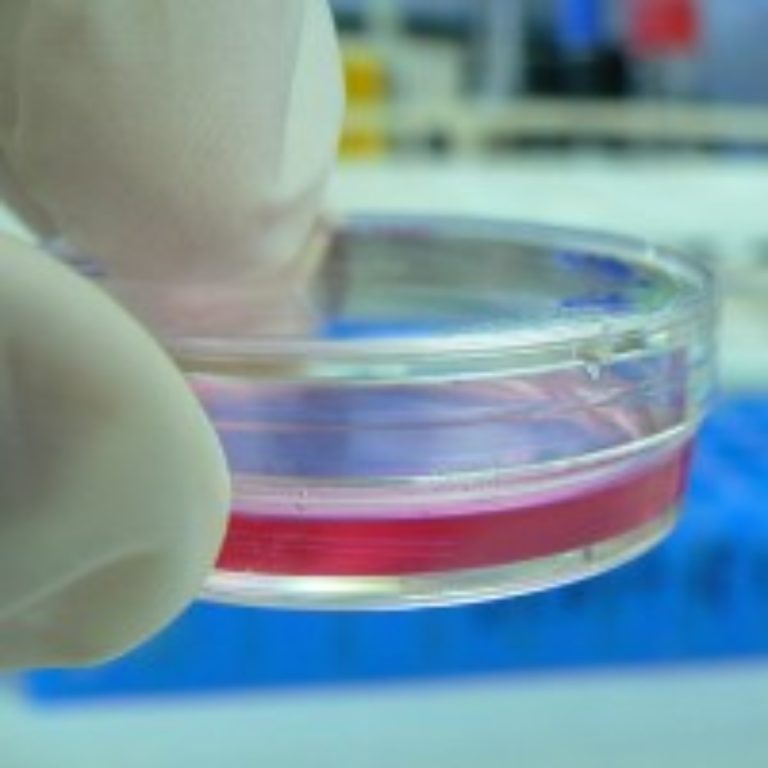
In 1913, for the first time ever, a virus (vaccinia) was grown in cell culture, and then in…
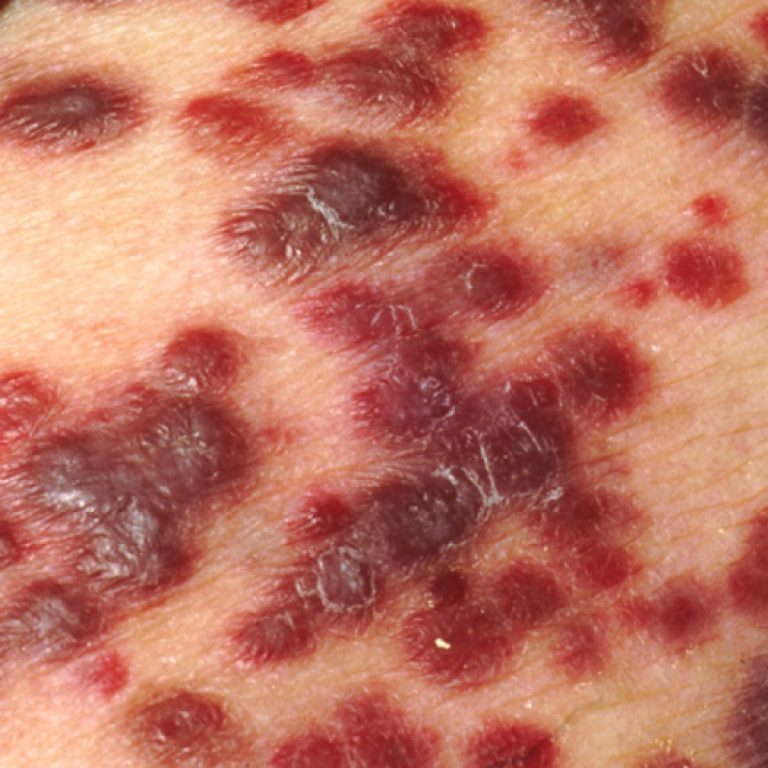
In 1911, Pathologist Peyton Rous reported a virus that causes cancer in chickens (Rous sarcoma virus) that opened…
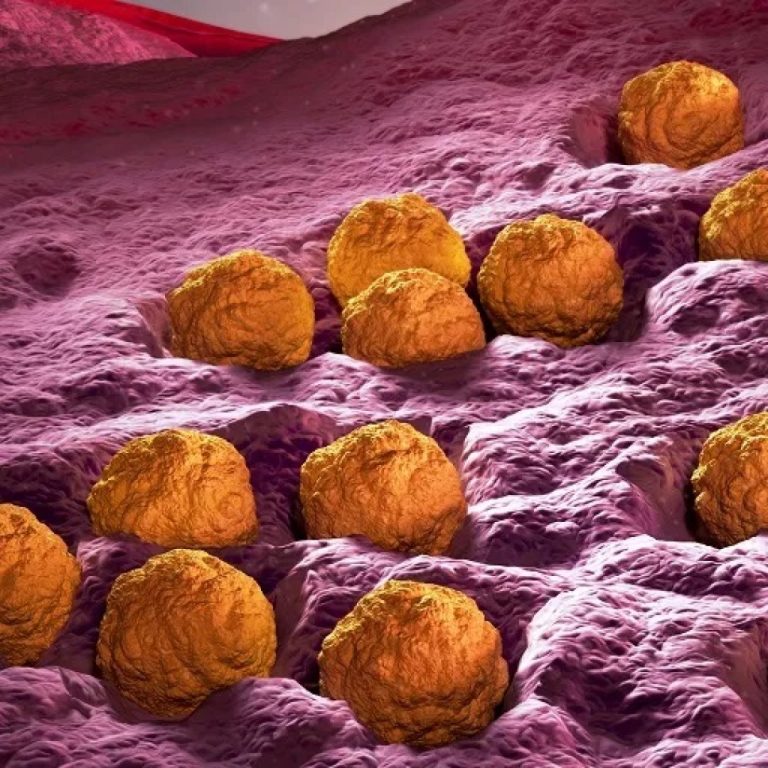
In 1911, John F. Anderson and Joseph Goldberger first transmitted measles (rubeola) to monkeys by contact Their study…
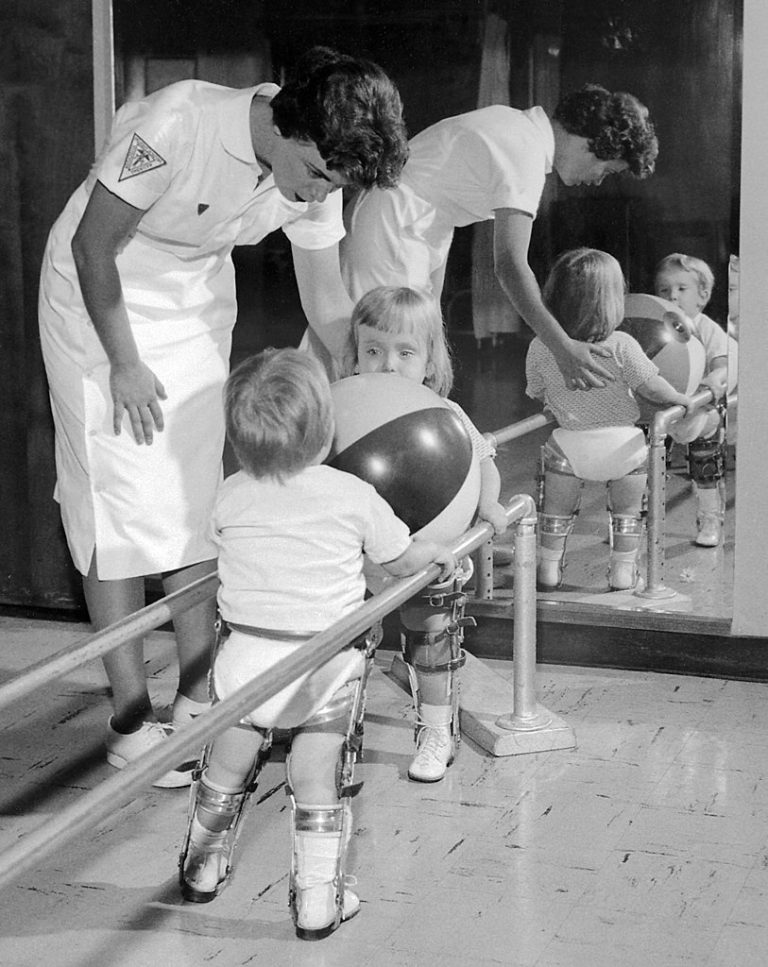
In 1908, Dr. Karl Landsteiner at the University Department of Pathological Anatomy in Vienna discovered that the cause…
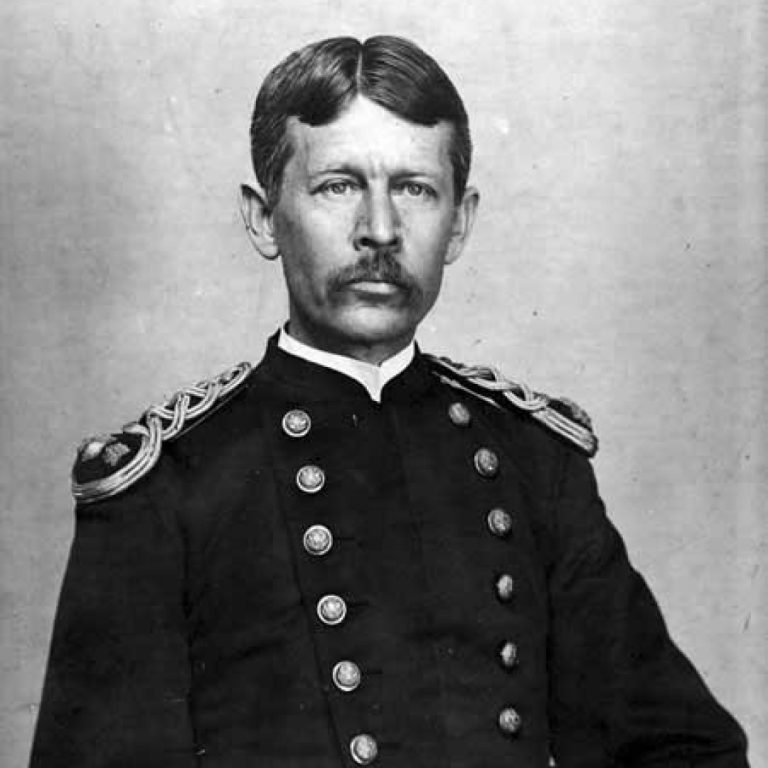
In 1900, american military surgeon Walter Reed discovered that a virus causes yellow fever, a mosquito-borne hemmorrhagic disease…
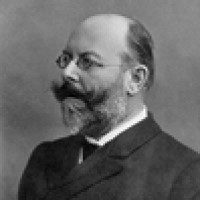
In 1899, German scientists Friedrich Loffler and Paul Frosch discovered that foot-and-mouth disease which affects cattle, swine, sheep,…
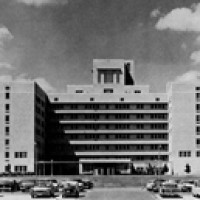
In 1883, the first vaccine-virus laboratory in the U.S. was established at the University of Missouri veterinary science…
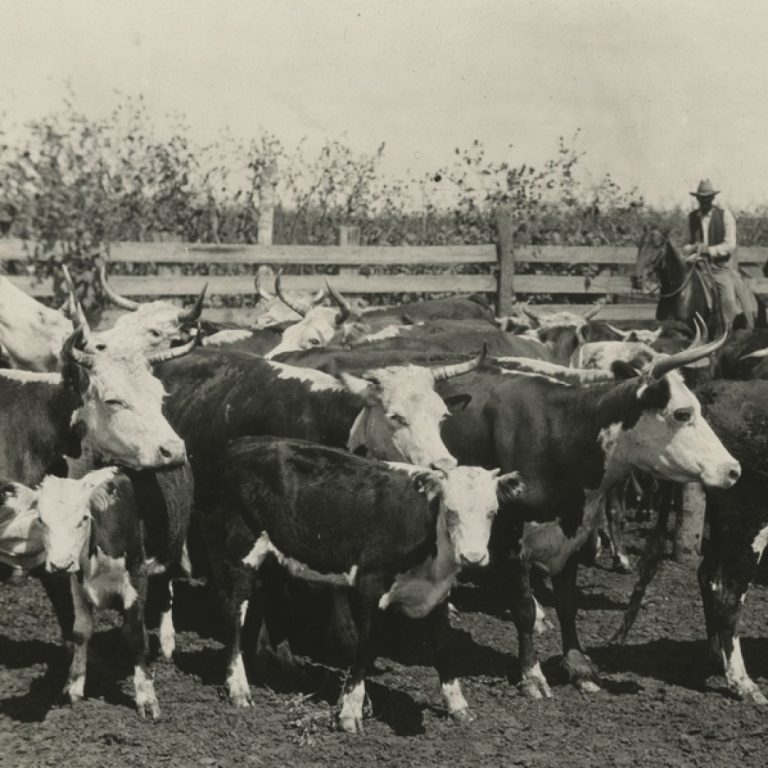
On Jul. 11, 1868, Texas cattle disease first appeared at Jersey City’s Communipaw slaughterhouse in the New York…

In 1798, English scientist and physician Edward Jenner coined the word virus to describe the matter that produces…
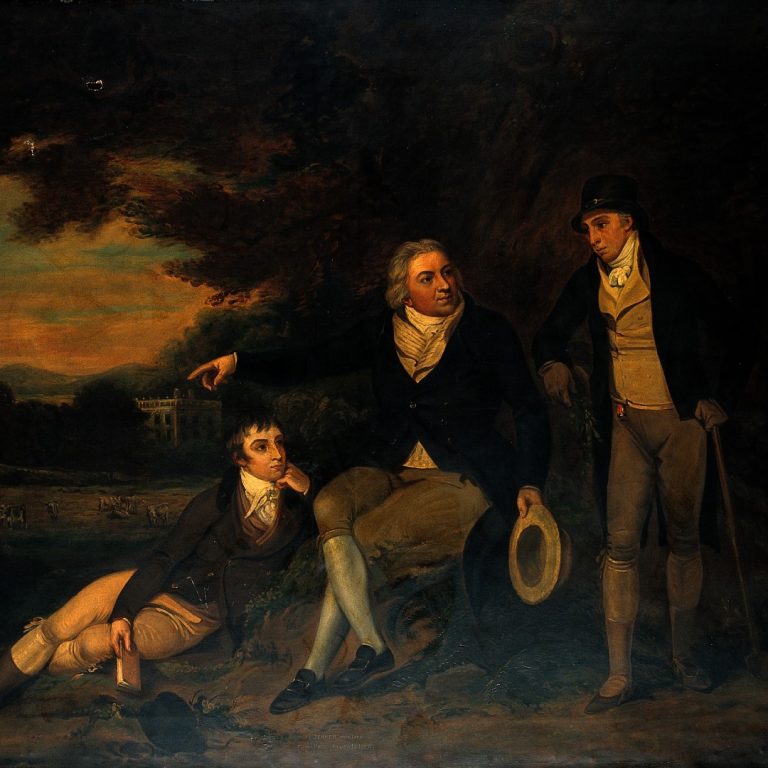
In 1798, Edward Jenner published his work on the development of a vaccination that would protect against smallpox….

In 1634, the Florentine scholar, Francesco Rondinelli, wrote a report about a disease contagion, now known as the…